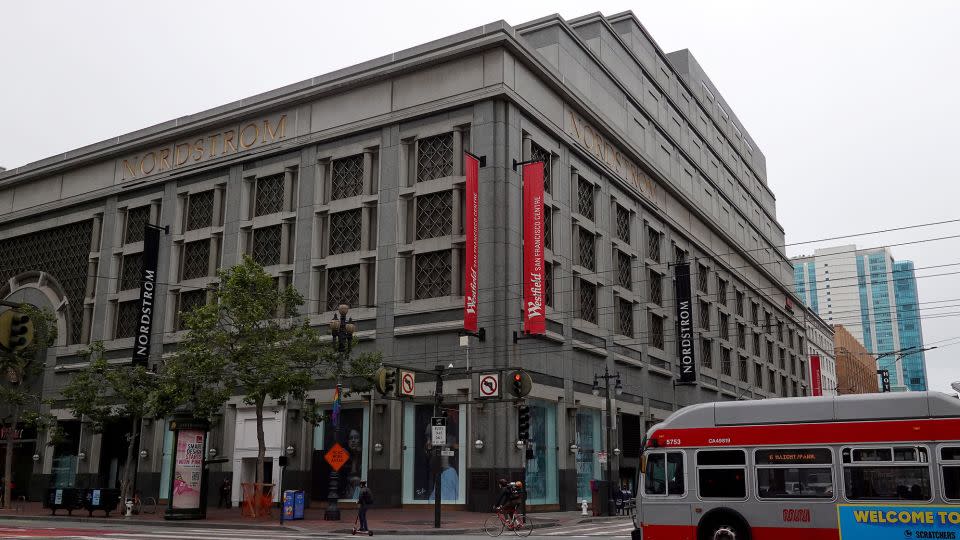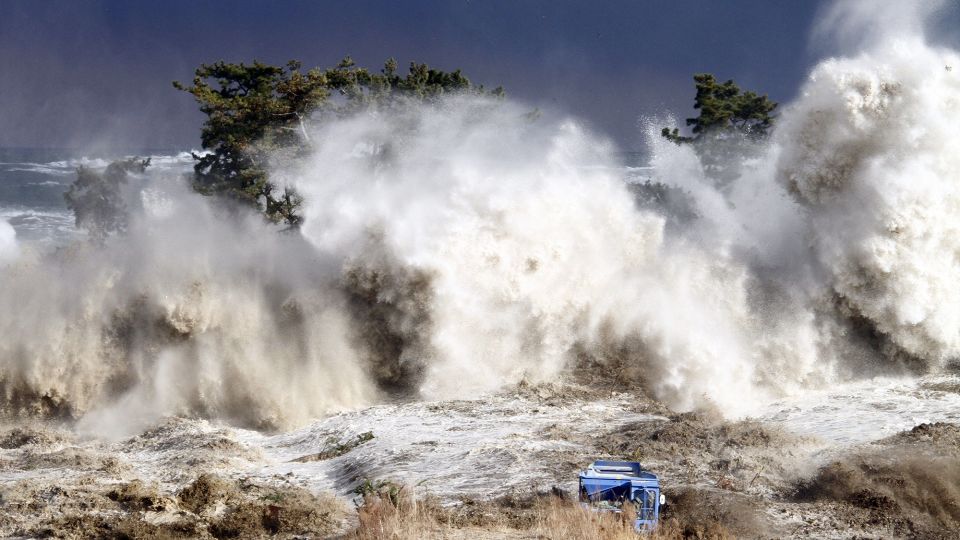John Chachas, the owner of luxury department store Gump’s San Francisco, wrote an open letter to Governor Newsom, Mayor London Breed, and the city’s Board of Supervisors, pleading for them to act on what he describes as the city’s worsening downtown conditions.
“Today, as we prepare for our 166th holiday season at 250 Post Street, we fear this may be our last,” Chachas wrote in an open letter, published as a paid ad in the Sunday edition of the San Francisco Chronicle.
Gump’s, which sells luxury furnishings and jewelry, was acquired by Chachas after the retailer filed Chapter 11 bankruptcy in 2018. The high-end retailer, founded in San Francisco in 1861 and born out of the famed California gold rush, has only one physical location, which is one block from the city’s Union Square.
“The ramifications of Covid policies advising people to abandon their offices are only beginning to be understood. Equally devastating have been a litany of destructive San Francisco strategies, including allowing the homeless to occupy our sidewalks, to openly distribute and use illegal drugs, to harass the public and to defile the city’s streets,” he wrote.
Chachas, who ran for a US senate seat in Nevada as a Republican in 2010, argued that current conditions make San Francisco “unlivable for its residents, unsafe for our employees, and unwelcoming to visitors from around the world.”
San Francisco’s mayor, London Breed, California’s governor, Gavin Newsom, and the San Francisco board of supervisors’ offices did not respond to CNN’s request for comment.
A tide of store closures downtown
Gump’s would be one of many retailers in San Francisco’s downtown Union Square neighborhood to close its doors in recent years.
Well-known chain stores like Whole Foods, Anthropologie, Office Depot, and CB2 have also ceased operations in the city’s downtown since the start of the pandemic. In total, more than 39 retail stores have shuttered in San Francisco’s Union Square area since 2020, according to a tally from Coresight, a market research firm.
The complaints raised in Chachas’ note also echo those of several retailers that have recently signaled plans to exit the city.
In June, shopping mall operator Westfield announced it would give up control of its San Francisco mall, citing “challenging operating conditions in downtown San Francisco, which have led to declines in sales, occupancy and foot traffic.”
One month earlier, one of that mall’s biggest retailers, Nordstrom, said it would shutter both of its San Francisco stores, attributing its decision to the “dramatically” changing dynamics of the city’s downtown.
Park Hotels and Resorts, the investment firm that owns Hilton San Francisco Union Square and Parc 55 hotels, also recently revealed it would leave the city. The firm’s CEO, Thomas Baltimore, Jr., said that San Francisco’s “path to recovery remains clouded and elongated by major challenges.”
What’s behind the city’s slump?
Several factors may have contributed to San Francisco’s economic struggles.
The city’s tech-heavy workforce embraced remote work in 2020 and has yet to return to the office at the same levels as other major US cities. Office vacancies in the city are at a 30-year high, and many people have permanently left; San Francisco County’s population declined by more than 60,000 people from 2020 to 2022, according to US Census estimates.
The decline of in-person work coupled with diminished tourism to San Francisco during the pandemic has translated to shrinking foot traffic in the city’s once-bustling downtown retail center.

In addition, several attention-grabbing videos of store robberies in San Francisco have garnered national attention and calls for stricter policing in the city. While violent crime statistics in San Francisco have remained relatively low in recent years, compared to other major cities, property crimes have risen since 2020, according to San Francisco Police Department data.
Meanwhile, San Francisco has grappled with a housing affordability crisis since before the pandemic, contributing to an uptick in the unhoused population in the city’s downtown. According to the results of a University of California, San Francisco survey released in June, most participants attributed their situations to the unsustainable cost of housing in the city.
For more CNN news and newsletters create an account at CNN.com



